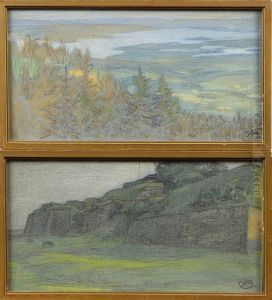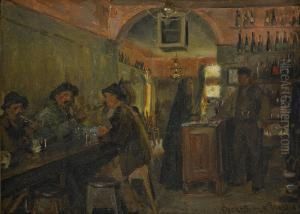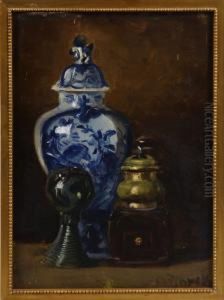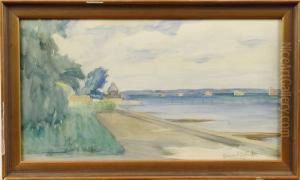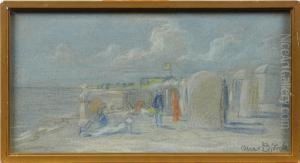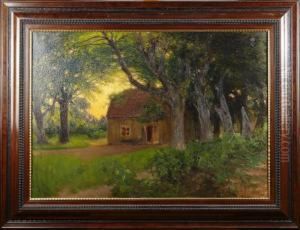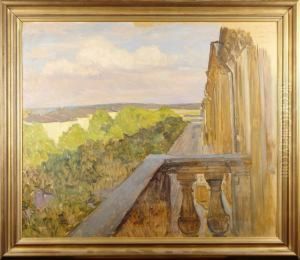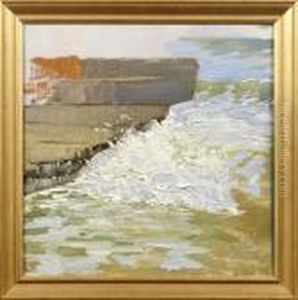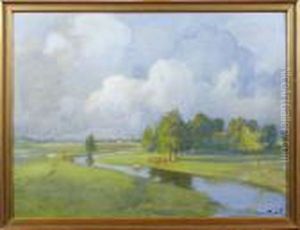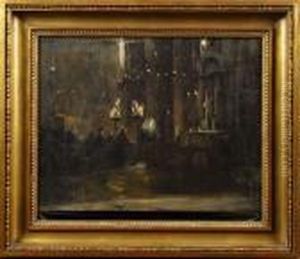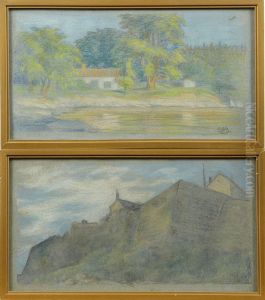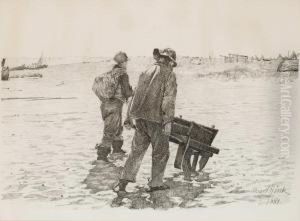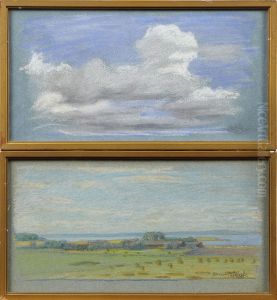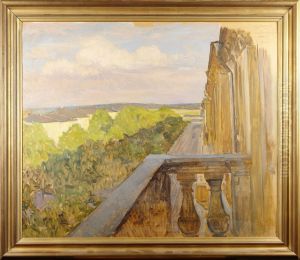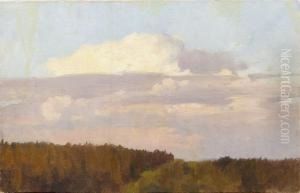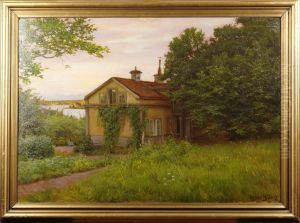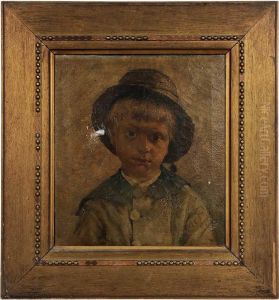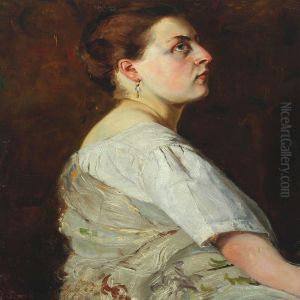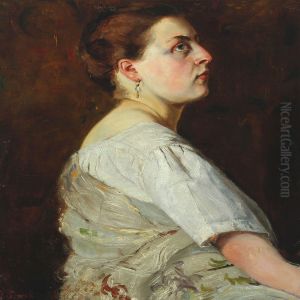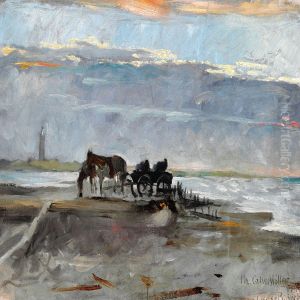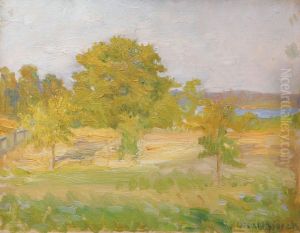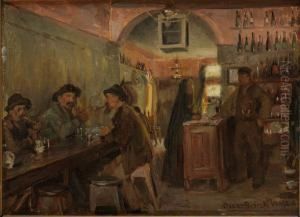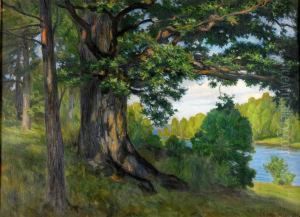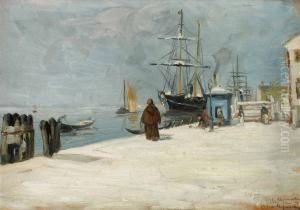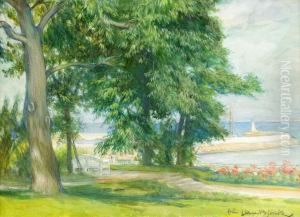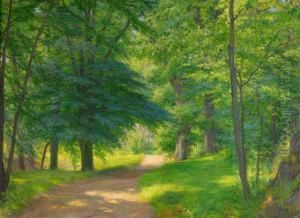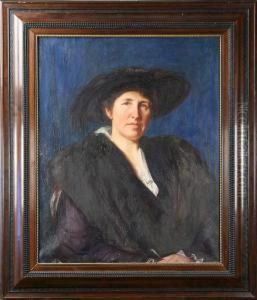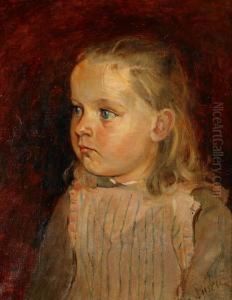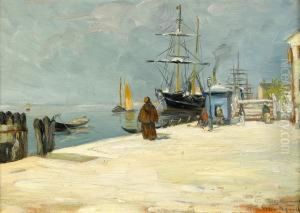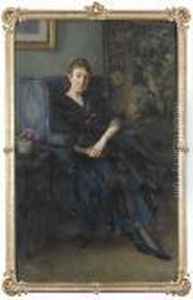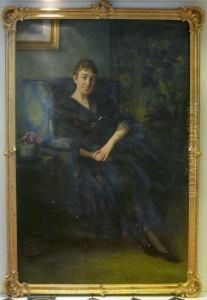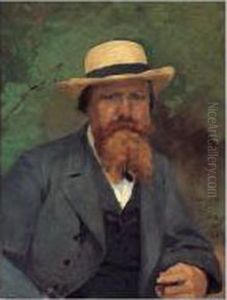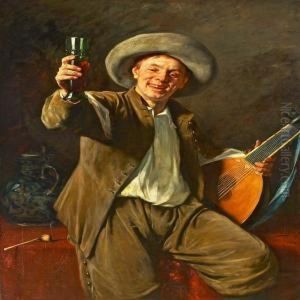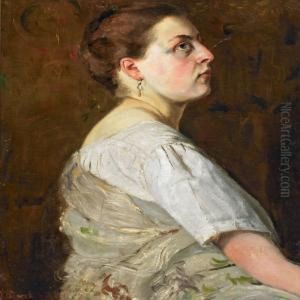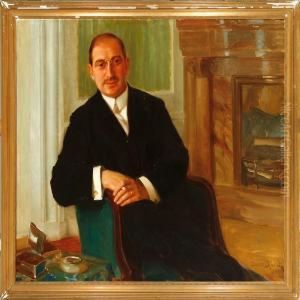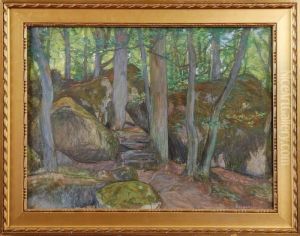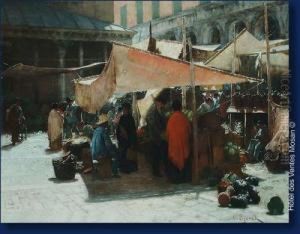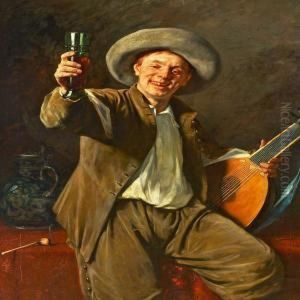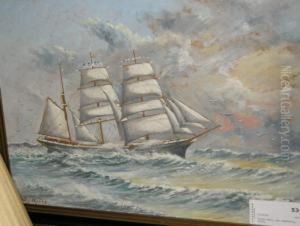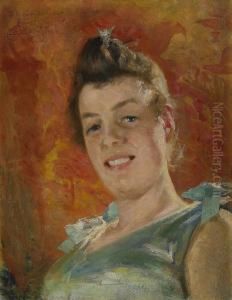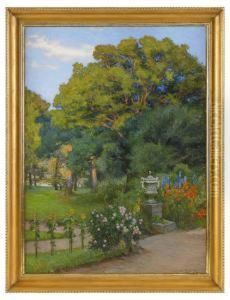Gustav Oscar Bjorck Paintings
Gustav Oscar Björck was a Swedish painter and professor, born in 1860 in Linköping, Sweden. He was recognized for his contributions to Swedish art, particularly during the late 19th and early 20th centuries.
Björck received his formal education at the Royal Swedish Academy of Fine Arts in Stockholm, where he studied from 1879 to 1886 under the guidance of renowned artists such as Per Daniel Holm and Edvard Perséus. His early work was influenced by the academic tradition of the time, with a focus on historical painting and the use of classical motifs.
After completing his education, Björck traveled extensively throughout Europe, which included visits to France and Italy. These travels greatly influenced his artistic style and approach. He was particularly impressed by the French Impressionists, and this exposure led to a shift in his work towards more light and color, although he never fully embraced the Impressionist style.
Upon returning to Sweden, Björck became a significant figure in the Swedish art scene. He was appointed as a professor at the Royal Swedish Academy of Fine Arts in 1908, a position he held until his death in 1929. Throughout his career, he maintained a commitment to traditional painting techniques, but his work also reflected a modern sensibility with regards to subject matter and composition.
His art often depicted landscapes, portraits, and genre scenes. Björck was known for his ability to capture the atmosphere of a place and the character of his subjects with a sensitive and nuanced approach. His landscapes, in particular, show a remarkable understanding of light and atmospheric effects.
Gustav Oscar Björck's contributions to Swedish art were recognized with several honors and awards throughout his lifetime. Today, his works can be found in major Swedish museums, including the Nationalmuseum in Stockholm. His legacy continues to be appreciated by art historians and enthusiasts who recognize his role in the transition of Swedish art from the academic traditions of the 19th century to the more modern expressions of the early 20th century.
